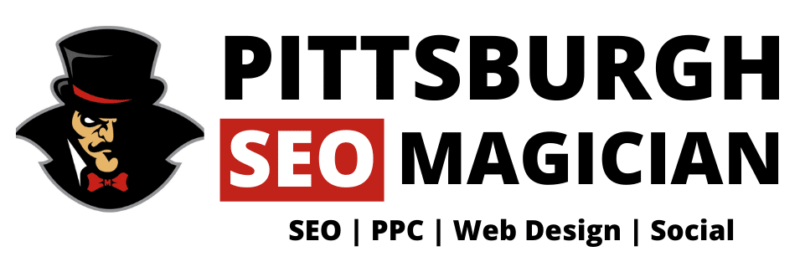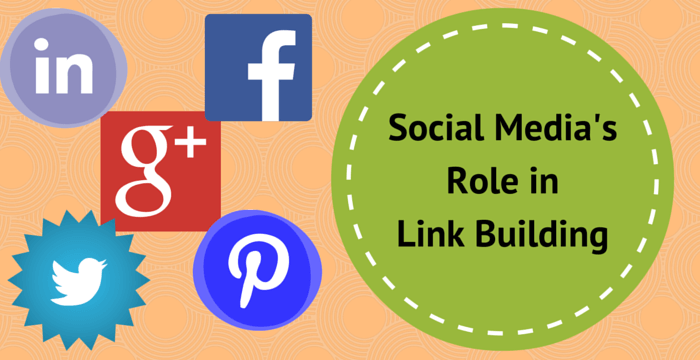You’ve heard it before. How do you get great links? You create great content, and people will naturally want to share it with friends and colleagues. In the world of internet marketing, the Field of Dreams concept that “If you build it, they will come” is about as fictional as “Shoeless Joe” playing baseball in a corn field on your family farm.
Building a great website with great content is a great start, but what’s anything without a little strategic marketing? For example, did you know that the average new restaurant closes within just 5 years of opening with many closing before they ever hit their one year mark? It’s not that they don’t have millions invested in a great space, or the top chef in the world in their kitchen. Instead, it has more to do with people just not knowing about it, and thus not telling their friends about it.
As link building continues to come under the microscope, it’s important for any business hoping to thrive in the online space to take advantage of the benefits offered by social media marketing. The same tools you use to post funny cat memes and pictures of your lunch are also being used in the online marketing space. Businesses should be jumping at the opportunity to promote themselves to billions, that’s right, BILLIONS of potential consumers.
To truly share great content, people have to know it exists first. If your site is new, it likely isn’t ranking for much in search engines, especially in hyper-competitive verticals. So if users can’t find you through search, how will they ever find great content to share?
Should You Be on Every Social Media Platform?
As it is with any marketing strategy, not every strategy fits every business. With the growing number of social media platforms, it’s safe to say that it doesn’t always make sense for your business to try to be everything to everyone, as this can lead to wasted time and monetary investments. Choosing the right social media platform can maximize your potential in the social media space and reach your target audience without having to reinvent the wheel. By using social media effectively and efficiently, you can introduce your great website and its great content to the masses.
For a B2B business, it might not make much sense to spend a lot of time on Pinterest when the target audience spends most of their time on LinkedIn. In the same respect, Pinterest boasts a large percentage of women 25-55, so if that is your target audience, then maybe Pinterest could be a good platform for your business.
The most efficient way to use social media is by promoting your message to people where they spend most of their time. While the results may not be popping off the page for a B2B on Facebook, the benefits of cos-effectively promote your message to an audience of over a billion people is never a bad idea. With new tools offered by Facebook for advertisers to directly appeal to a specific demographic or geographic location, marketing through social media has never made more sense. Each platform is constantly rolling out new tools for marketers to help make their advertising dollar go further, so take advantage and promote your message to the masses.
Too often, marketers want to focus within the 4 walls of their website. As with the earlier restaurant example, you can decorate the inside of the restaurant until you either run out of ideas or run out of money, but if no one ever walks in, it would be all for naught. The same is true for website marketing. You can invest thousands in a new website, but if no one ever visits the site, it’s all for naught.
Look at social media as hiring a “directional marketer” (sign-twirler) to stand on the corner of a busy intersection. Is everyone who drives down the street your target audience? Probably not, but by appealing to the masses you’re pulling in your target audience as well as sending great brand signals to those who may not currently be interested. Social media can feel very similar, but the fact that it drives business is undeniable.
So How Does All of this Turn into Backlinks?
So, you’ve done everything Google said will work. You’ve produced a great website, you have outstanding content, and now you’ve taken it one step further by promoting your message on social media channels. What now?
As a passive approach to link-building, getting your brand and messaging noticed is the main goal here. Once people begin to trust and understand your messaging, you would be surprised how often they come back to the site and even turn to the site for reference when managing their own site. For a B2B, it may be an influencer in the vertical that finds your content through social channels and decides to reference it in their next article. For a B2C, it may be a blogger that really liked your products or services and shares it on their blog. The first step is simply getting people to notice you exist. Upon that framework, you can work to build trust and authority in the space.
Investing time and money into social media is by no means easy to promote your brand and content, but it sure beats waiting around for the masses to find you! There are thousands of companies that can attribute a large portion of their success to the work they put into social media, and there’s a reason for that. They found a loyal audience, they promoted great content, and their audience rewarded their efforts by sharing it with their friends and colleagues.
Google Loves Both Quality Back Links And Brand Signals
Just as traditional marketing is often a great tool to promote your brand, social media offers more than just the potential for backlinks. As Google’s algorithm continues to evolve, brand signals are growing in importance, and the value of a true brand should not be underestimated.
So what are brand signals? While I won’t get too technical here, look at it this way, if your brand is everywhere, Google can’t deny it’s authority in the space (backlinks or not). If people are engaging with your brand through social channels, and you are engaged with your audience, your brand strength grows. More people are talking about you, and that goes directly to the heart of why backlinks have always played such a large role in SEO. They’ve always been the one truly trackable metric that measures how much people are talking about you and your brand. Now, social signals and brand signals can send similar messages back to the mother-ship that you are who you say you are and you know what you’re talking about.
That’s certainly not to say that getting other sites to link to you isn’t still important in the overall success of your website, but to say that producing great content is all you need to do is misleading at best. By using social media as a tool to market your brand and messaging, backlinks will occur naturally. You will likely be surprised at how many sites choose to link to yours after a well thought-out and executed social media strategy.
As I dive further into link building in 2015, we’ll look at a more direct approach to obtaining backlinks to your site in a way that won’t get your site in Google’s dog house, but social media should be the first logical step in the process. If you’re not engaging with your customers, don’t be surprised if they don’t tell their friends about you and become less likely to return to the site for more information. Social media isn’t just a tool for people to connect with their favorite celebrities, it’s a tool for people to connect with their favorite brands. Utilizing social media channels is essential to on-going internet marketing success, so if you haven’t started yet, what better time than now!

